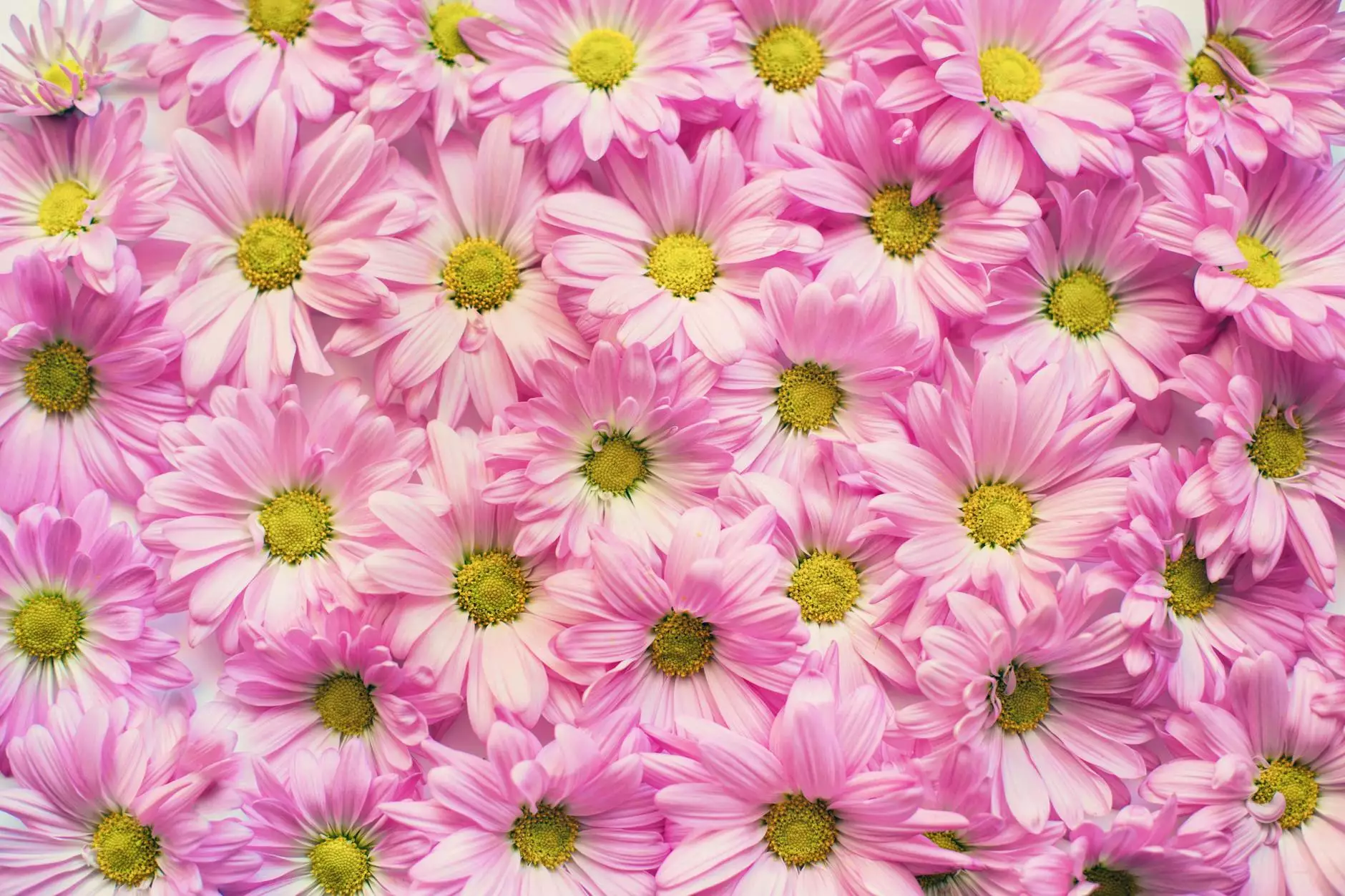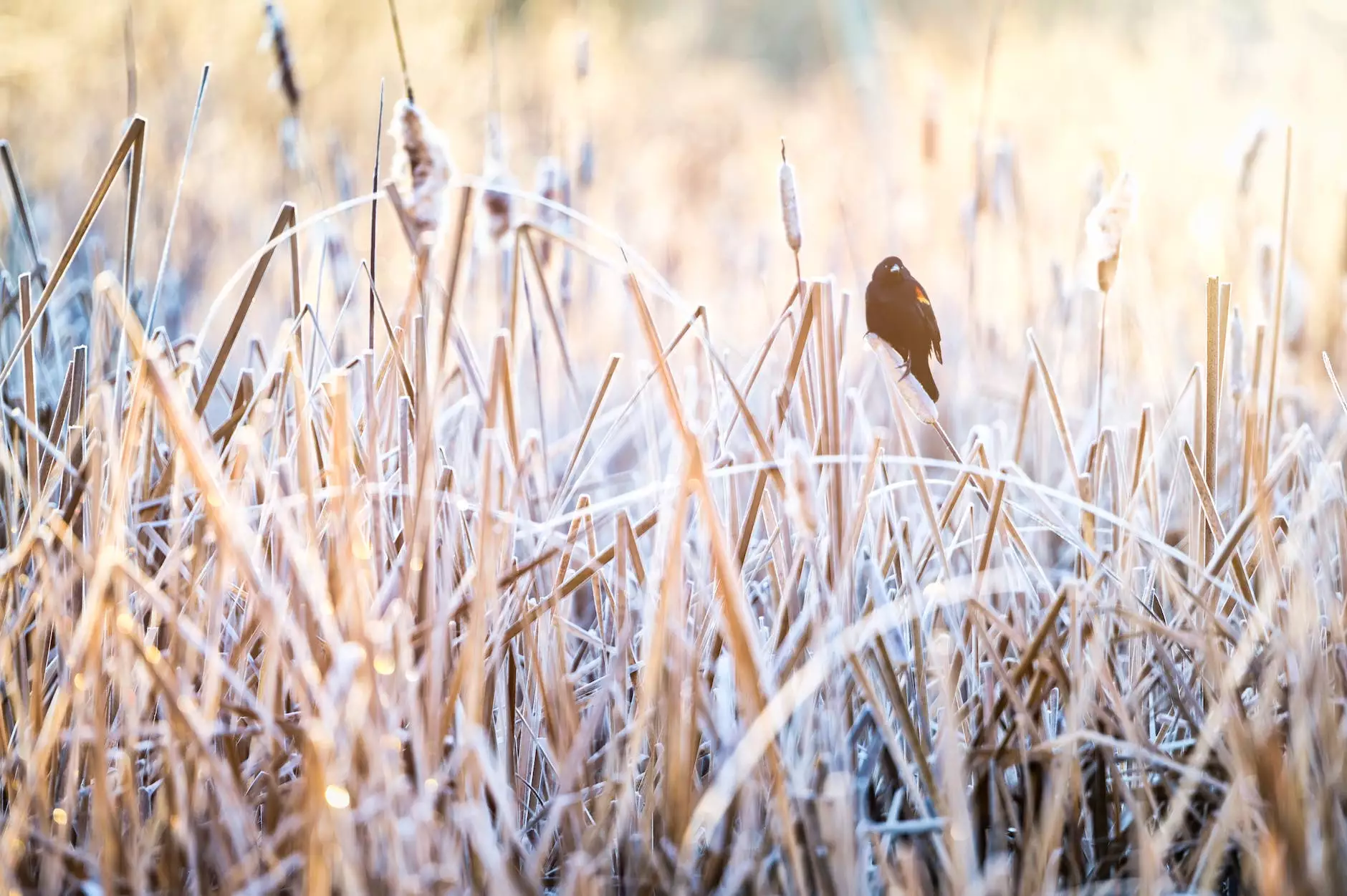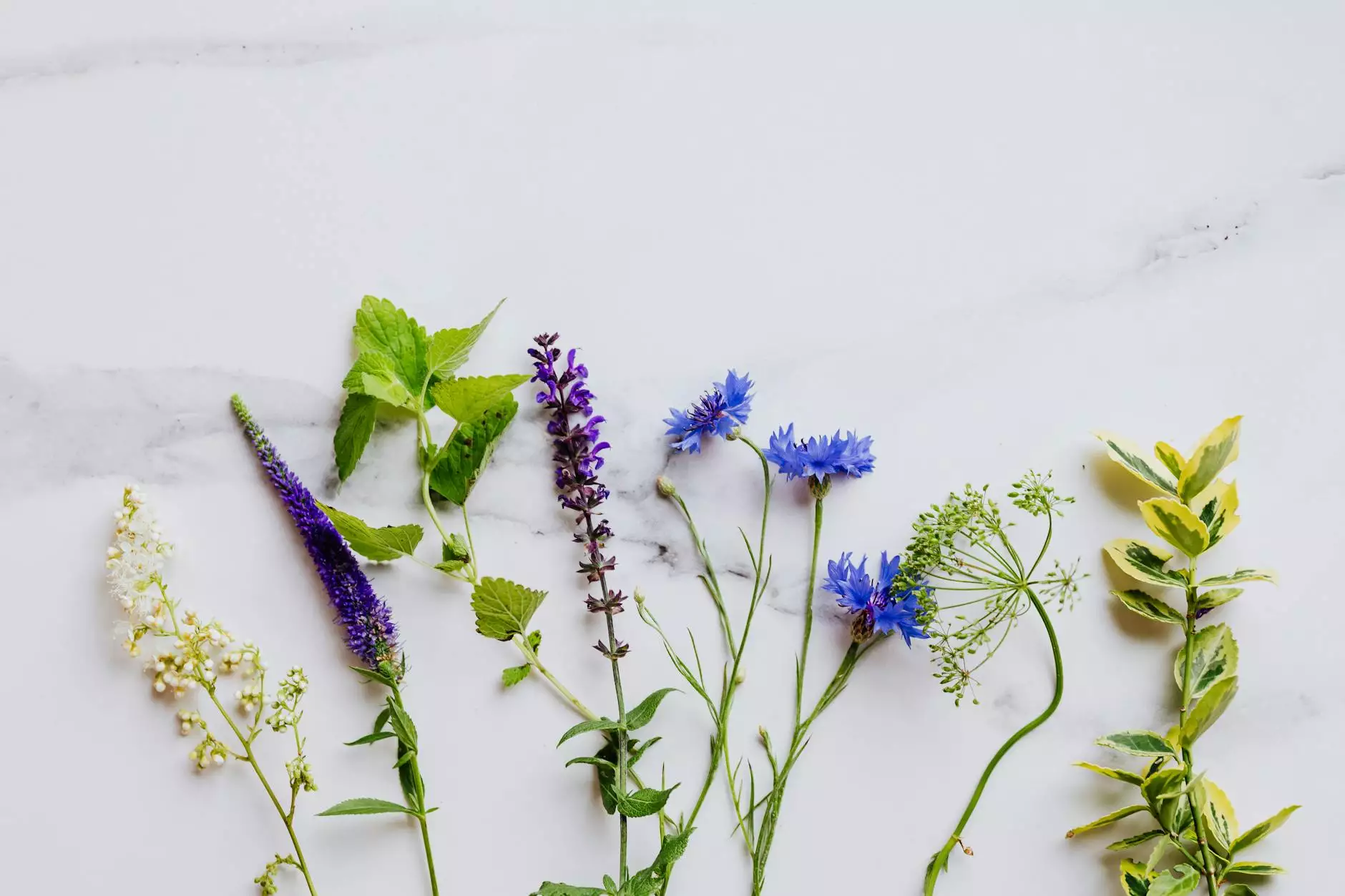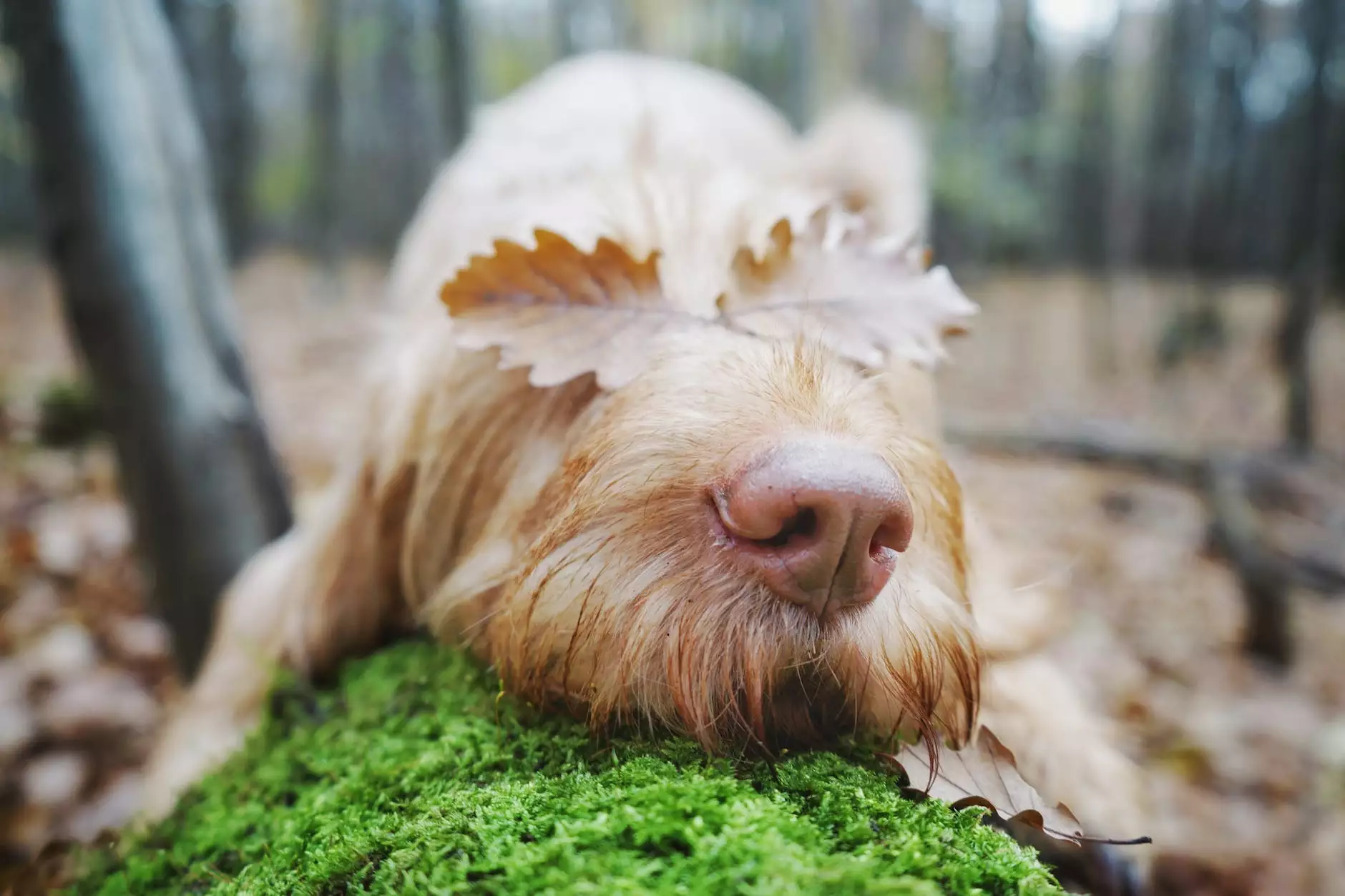Echeveria nodulosa | Painted Echeveria
About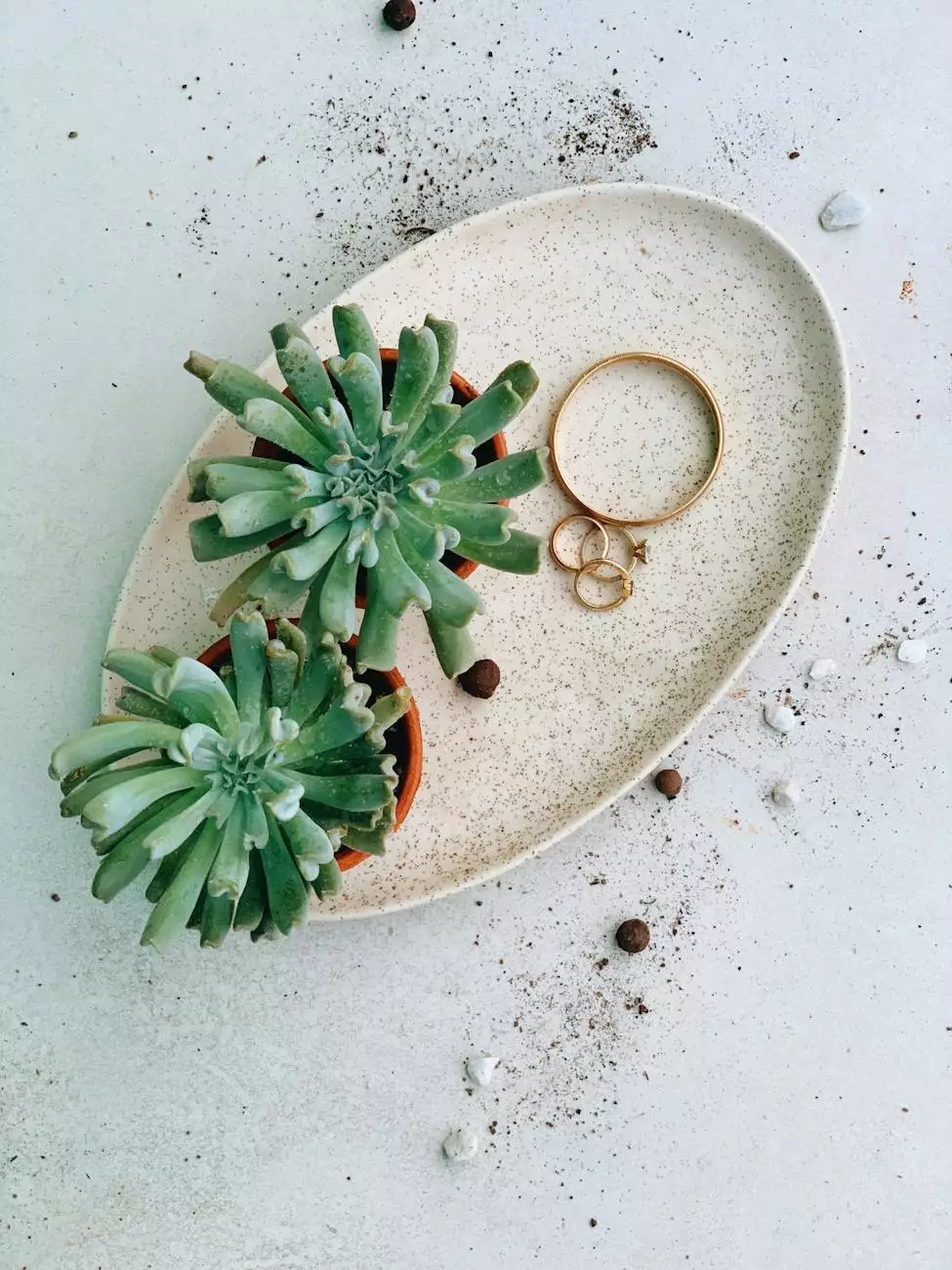
Introduction to Echeveria nodulosa
Echeveria nodulosa, commonly referred to as Painted Echeveria, is a captivating succulent that belongs to the Crassulaceae family. With its eye-catching coloration and unique patterns, Echeveria nodulosa has become a favorite among succulent enthusiasts and collectors.
Appearance and Features
This stunning Echeveria species displays rosettes of thick, fleshy leaves that form a tight compact shape. The leaves are typically bluish-green, adorned with intricate patterns of burgundy or reddish-brown markings. These remarkable markings often resemble brushstrokes or paint splatters, contributing to its common name, Painted Echeveria.
Echeveria nodulosa can grow up to 6 inches (15 centimeters) in diameter, with each rosette consisting of numerous leaves that curve upward. The leaves have a waxy texture and are covered in a powdery substance called epicuticular wax, which serves as a protective barrier against excessive sun exposure and water loss.
Cultivation and Care
Echeveria nodulosa is a relatively easy succulent to care for, making it suitable for both beginners and experienced gardeners. Here are some essential cultivation tips:
Light
Provide your painted Echeveria with bright, indirect sunlight to ensure optimal growth and vibrant coloration. Avoid placing it in direct sunlight for extended periods as it may cause leaf burn.
Temperature
Echeveria nodulosa thrives in moderate temperatures ranging between 65°F and 80°F (18°C - 27°C). Protect it from extreme cold temperatures, as it is sensitive to frost.
Watering
Allow the soil to dry completely between waterings. Overwatering can lead to root rot and other issues, so it's important to maintain a well-draining soil mix. Remember, succulents are drought-tolerant plants.
Soil
Use a well-draining succulent soil mix or cactus mix to ensure proper moisture levels and prevent waterlogged roots. Adding perlite or coarse sand can enhance drainage.
Fertilizer
Feed your Echeveria nodulosa with a balanced, diluted succulent fertilizer during the active growing season (spring and summer). Follow the product instructions for application amounts and frequency.
Propagation
There are several methods you can use to propagate Echeveria nodulosa:
Leaf Propagation
Gently twist or cut a healthy leaf from the rosette and allow it to callus for a few days. Plant the calloused end in well-draining soil and mist occasionally. New roots and new rosettes will begin to form within a few weeks.
Stem Cuttings
Take a stem cutting from the base of the plant and allow it to dry out for a day or two. Insert the stem cutting into a well-draining soil mix and mist lightly. Roots will develop, and a new rosette will emerge from the stem.
Offsets
Echeveria nodulosa produces offsets, also known as "chicks," around the base of the plant. Gently remove these offsets when they are approximately one-third the size of the parent plant. Plant them in their own containers and care for them as you would for mature plants.
Uses and Benefits
Aside from being a visually stunning addition to any succulent collection, Echeveria nodulosa offers various other benefits:
Aesthetics
With its captivating coloration and unique leaf patterns, painted Echeveria adds a touch of natural beauty to gardens, terrariums, and indoor spaces.
Air Purification
Like other succulent plants, Echeveria nodulosa can help improve indoor air quality by removing harmful toxins and releasing oxygen.
Stress Relief
Gardening and caring for Echeveria nodulosa can be a therapeutic activity, reducing stress and promoting mindfulness.
Conclusion
Echeveria nodulosa, known as Painted Echeveria, is a remarkable succulent admired for its unique coloration and striking leaf patterns. By following proper care guidelines, this stunning plant can thrive in various settings, bringing beauty and tranquility to your space. Explore the captivating world of Echeveria nodulosa at Pollen Bank, your trusted source for high-quality succulents and botanical treasures.

